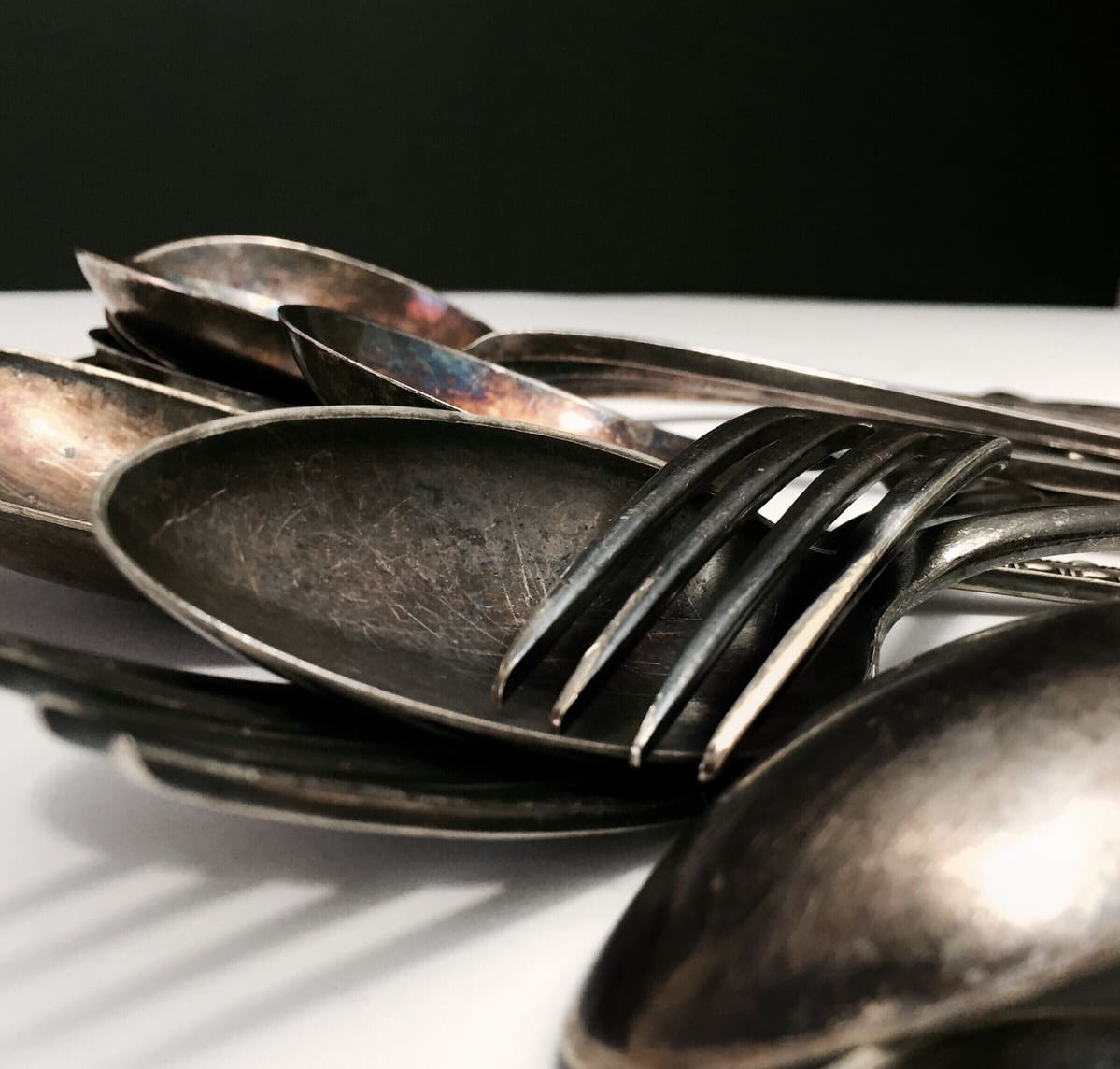Blog
Heavy Metal Contamination Through Cooking Utensils

In our daily routine, we rarely stop to think that something as ordinary as cooking could negatively impact our health. However, beyond the ingredients we choose or the techniques we use, there’s a factor that often goes unnoticed: the utensils we cook with. Pots, pans, ladles… everyday objects in every kitchen that, unknowingly, can release heavy metals during use. This constant exposure, although hard to detect, may have toxic cumulative effects on the body and turn into a silent but persistent health issue. Learn more about metal contamination with KuokoKitchen.
What Are Heavy Metals and Why Are They Dangerous?
Heavy metals are chemical elements with high density and generally high toxicity to living organisms, even at low concentrations. Some of the most well-known include lead, mercury, cadmium, arsenic, and aluminum. When these metals enter the human body, they can accumulate in vital organs like the liver, kidneys, and brain, causing damage that is often irreversible. Some common kitchen materials also pose risks: pewter is carcinogenic, especially if its enamel contains lead or cadmium. It’s also been shown that some cast aluminum pans are toxic when used for long periods or at high temperatures.
Prolonged exposure to these metals can lead to neurological effects, kidney problems, reproductive disorders, endocrine disruption, and an increased risk of certain types of cancer. Children, pregnant women, and individuals with weakened immune systems are especially vulnerable.
How Do Heavy Metals Reach Our Food?
One of the most common exposure routes is through cooking utensils. While many products are designed to be safe, not all meet proper regulations or retain their properties over time and continuous use. Below are some common examples:
- Aluminum pots and pans: Aluminum is lightweight and inexpensive, but this metal can easily transfer to food, especially when cooking with acidic ingredients like tomatoes or lemon. While the body can eliminate some aluminum, constant exposure may be harmful.
- Enameled or decorated utensils: Sometimes, the enamels or paints used on plates, mugs, or pots contain lead or cadmium. When these utensils wear out or are heated, the metals can leach into the food.
- Low-quality stainless steel: While high-quality stainless steel is safe, cheap or uncertified versions may contain nickel, lead, or even cadmium, especially if they show corrosion or scratches.
- Damaged non-stick coatings: Pans with non-stick coatings like Teflon can release toxic substances if scratched or used at high temperatures. Some studies have linked prolonged use of these materials to liver damage and hormonal disruption.

Legislation and Control: Is It Enough?
Many countries have regulations on materials that come into contact with food, setting maximum limits for heavy metal migration. However, compliance is not always guaranteed. With globalized markets, products made in countries with lax or nonexistent controls reach our homes, and many consumers are unaware of the origin or composition of the utensils they purchase.
Additionally, even if a utensil meets safety standards at the time of manufacture, natural wear, aggressive cleaning, or exposure to extreme temperatures may alter its properties and increase the risk of metal migration into food.
Prevention and Good Practices at Home
To reduce the risk of heavy metal contamination through cooking utensils, you can adopt a few simple but effective practices:
- Invest in quality: Choose utensils from reputable brands that comply with food safety regulations. Check for certifications from official bodies.
- Avoid using damaged utensils: Replace those that are scratched, corroded, or have chipped enamel.
- Be cautious with old or inherited utensils: While they may hold sentimental value, many were made before strict controls on heavy metals were in place.
- Don’t store acidic foods in metal containers: Prolonged contact with acids can speed up metal leaching.
- Read the labels: Check the manufacturer’s information and make sure products are free from BPA, lead, cadmium, and other toxic substances.
Heavy metal contamination through cooking utensils is a real risk, often underestimated. As awareness of these hazards grows, it’s crucial to consider not only what we eat but also how we prepare it. Adopting good practices and choosing safe products can make a significant difference to our long-term health.


